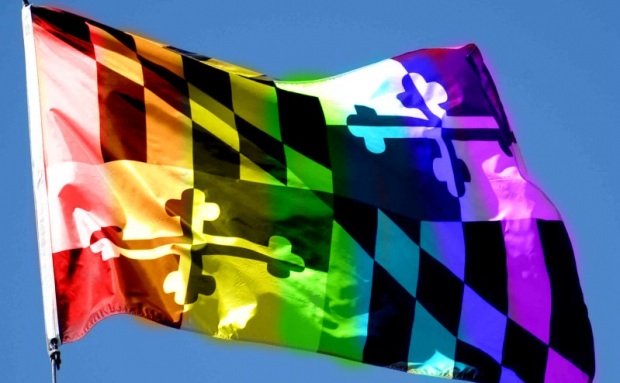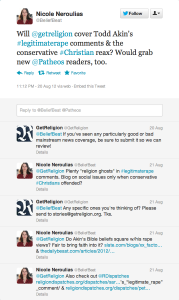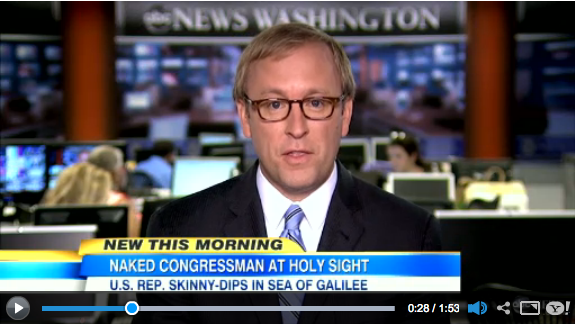Whenever you read one of those reflective essays on how The New York Times serves as a cheerleader for progressive causes — thank you, M.Z. — what you really need next is a kind of chaser to clear the journalistic palette.
I cannot provide that, at the moment.
Instead, let’s jump right back into the same subject — only this time through a new-old Times report about political — dang it, we’re talking about POLITICS, people — events unfolding in the deep-blue state of Maryland. You’ll be stunned to know that the headline reads, “In Maryland, Gay Marriage Seeks a ‘Yes’ at the Polls.”
As always, the word “could” shows up very early in this report. Readers who consume lots of news know that the word “could” is often a sign that a news organization has its fingers crossed about the direction a particular issue should, as opposed to “could,” take in the immediate future. Thus, The Times goes down to Maryland to check up on how things are going:
WASHINGTON — When Marylanders go to the polls in November, the state could become the first to affirm same-sex marriage in a popular vote.
In March, lawmakers in Maryland approved a measure to allow such unions, but it came with a built-in escape hatch: it would not take effect until 2013. The waiting period was intended as a compromise with opponents of the measure and as an insurance policy for supporters. Lawmakers feared validating marriages for a period, only to have them overturned by a popular vote later, as happened with Proposition 8 in California.
Opponents of same-sex marriage in Maryland seized the opportunity to contest the law and gathered more than 100,000 signatures to put a referendum on the November ballot, setting the stage for a renewed debate on the issue.
Now, like I said, the state of Maryland (I live on the south edge of the Baltimore Beltway) is about as true liberal blue as a state can get. So the whole purpose of this story is to answer the following question: How can gay marriage lose in some of America’s most liberal political terrain? WHo are the opponents? Will the Times team listen to these bizarre folks?
Naturally, the Maryland Marriage Alliance shows up immediately, as it should. But who IS the Maryland Marriage Alliance? It is an “alliance” of what kinds of groups? If you know anything about Maryland culture, then you will know that the answer is that this an interracial network of religious groups.
The Times story, explores — from a liberal perspective — the role of race in this scene, but not religion (although there is brief, vague, content-free reference to the much-debated religious conscience exemptions written into the Maryland law that passed). Readers are told:
The ballot language will also be different in Maryland. In the other 32 states where voters have been asked about the issue, the referendum question was phrased so that a vote in favor of the measure was a vote to reject same-sex marriage. In Maryland, ballots will ask the question in the affirmative and will explain that there will be an exemption for religious groups.
In January, a poll conducted by The Washington Post found that half of Maryland residents supported same-sex marriage. Since then, polls have suggested a rise in support — in large part, advocates believe, because more black voters have warmed to the idea. That will be particularly significant in Maryland, where in a typical election blacks make up roughly one-third of voters.
Please read the whole story. Based in the information offered by the Times, would readers know that the key to this entire story is whether church-going African-Americans will turn out large enough numbers — with President Barack Obama on the ballot, this is likely, but not certain — and thus vote to defend a traditional definition of marriage? Readers are told that “more black voters have warmed to the idea” of changing the definition, without a single concrete reference to the fact that this pivots on debates in African-American pews.
So what are African-Americans in Maryland debating? What is the content of this pivotal discussion, which will almost certainly determine the fate of this item on the ballot?
Wait, you mean talking to African-American believers on both sides of this issue is a possibility? Who knew?














